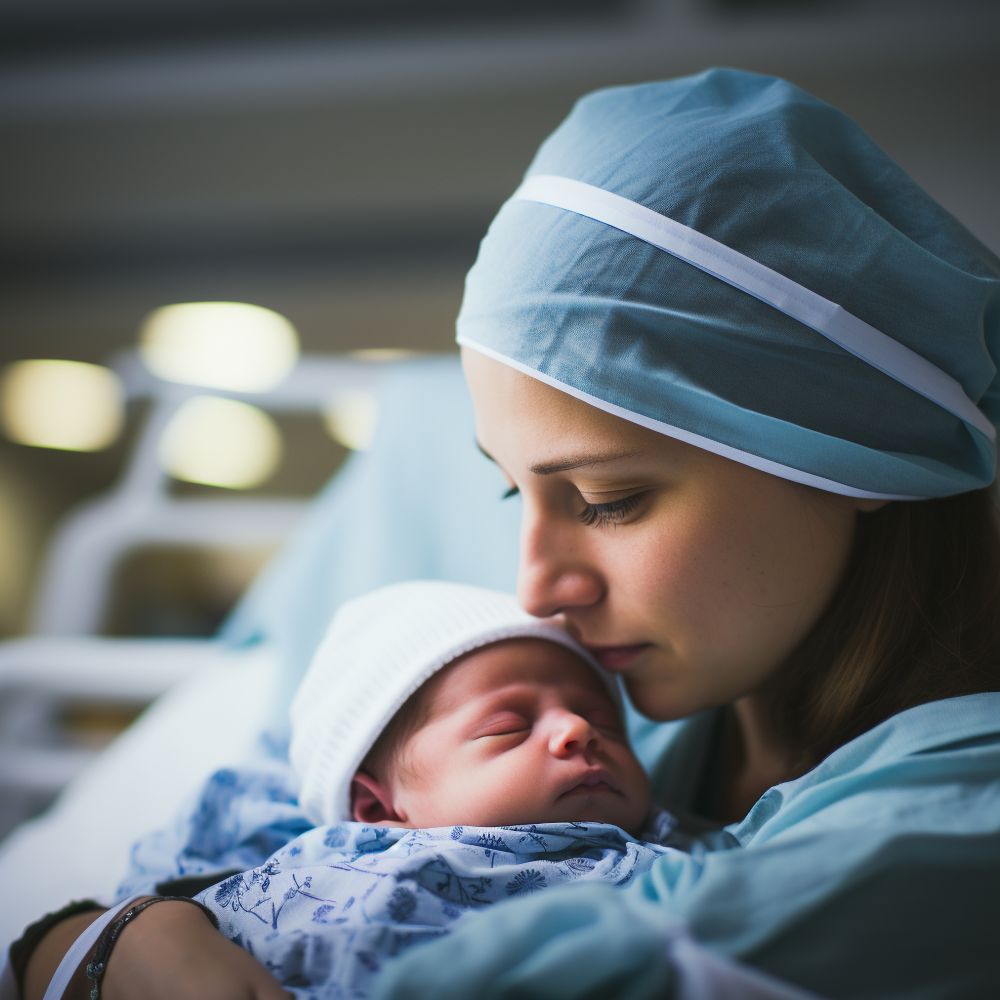
Pregnancy and childbirth in Germany are evolving, and the numbers tell a fascinating story. From rising Caesarean section rates to later-age motherhood, expectant parents are making choices that reflect changing medical, social, and personal priorities. If you’re curious about the latest trends shaping pregnancy in Germany, here’s what you need to know.
In Germany, the delivery room is increasingly being replaced by the operating room. Recent figures from the commercial health insurance company KKH reveal that in 2024, almost 34 percent (33.9 percent) of newborns were delivered via Caesarean section, also known as C-section. This marks a continuation of a long-term trend: between 2020 and 2024, the C-section rate at KKH consistently remained above 30 percent. Early data from 2025 suggest this pattern is continuing, meaning that one in three children in Germany is now born surgically. For many women, a C-section is no longer exceptional but has become a routine part of birth planning, whether medically necessary or chosen.
KKH expert Vijitha Sanjivkumar explains that many C-sections are performed for clear medical reasons, such as an unfavorable fetal position, stalled labor, or abnormal fetal heart rates. In such cases, surgery is often the safest option for both mother and child. However, the high rate of C-sections cannot be explained by medical necessity alone.
Beyond medical reasons, personal and social influences play a significant role. Some women prefer planned C-sections to reduce uncertainties and avoid potential complications of vaginal delivery. Fear of pain, loss of control, and experiences from family or cultural environment also shape these decisions. Additionally, with women becoming mothers later in life - the average German woman has her first child at 30.4 years, pregnancy risks increase, prompting more frequent planned C-sections.
While C-sections can save lives, Vijitha Sanjivkumar emphasizes that they carry their own risks, including infection, slower physical recovery, and potential implications for future pregnancies. In contrast, natural births are generally less invasive and provide health benefits for both mother and baby. Careful consideration and professional guidance are therefore crucial when planning a birth.
Preparation is key to ensuring a safe and positive childbirth. Expectant parents are advised to consult with their doctors, midwives, or obstetric nurses, attend childbirth classes, create a birth plan, and select the right birthing facility. Open communication and informed decision-making help reduce fears and empower parents to have a self-determined birth experience. As Sanjivkumar notes, understanding the process and making informed choices is essential for a positive start to parenthood.
As childbirth trends continue to evolve, awareness of these factors can help expectant parents make choices that are safest and most suitable for their families.